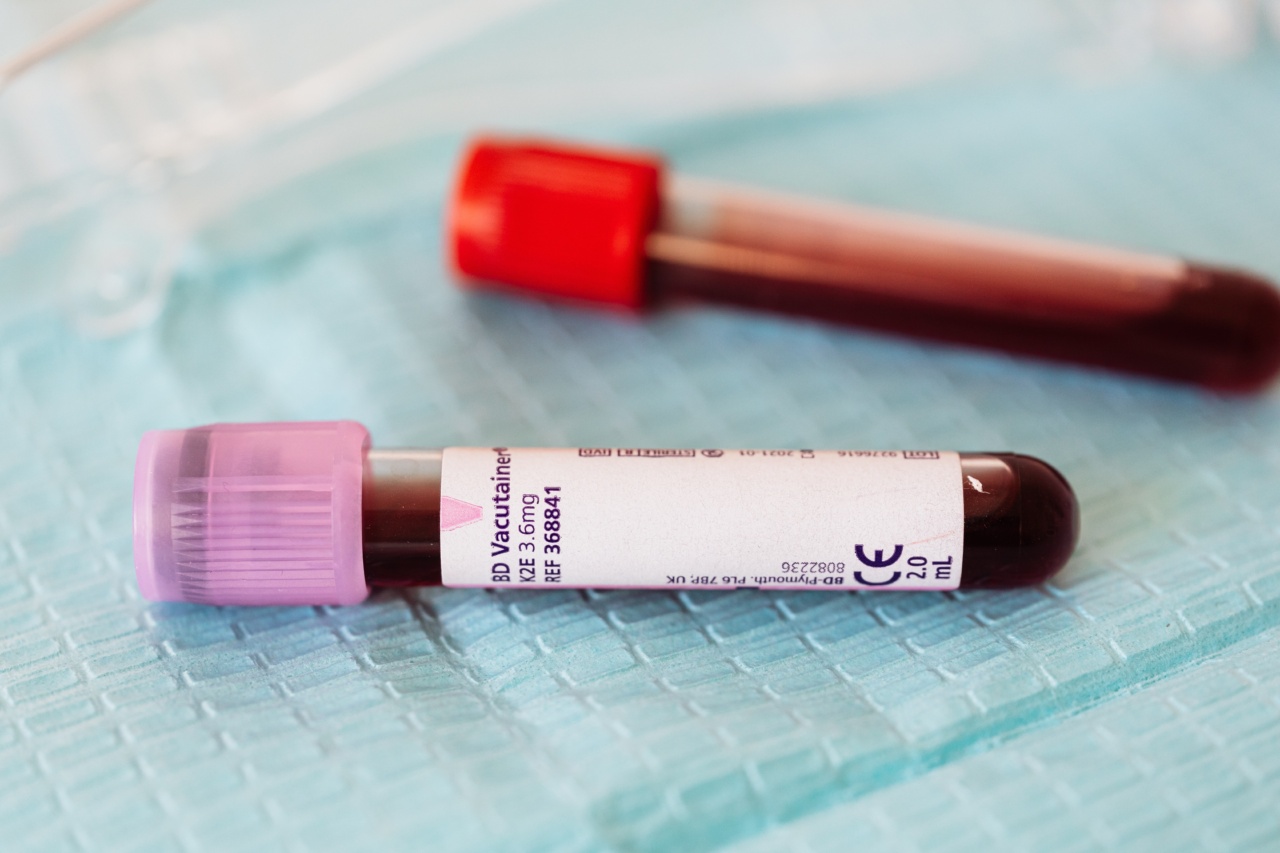Bisphenol A (BPA) is a chemical compound used in the production of plastics and resins. It has been widely used in the manufacturing of food containers, water bottles, and the lining of cans.
However, numerous studies have shown that exposure to BPA can have harmful effects on human health. This guide aims to provide you with essential information on how to protect yourself from BPA and reduce your exposure to this chemical compound.
What is Bisphenol A (BPA)?
Bisphenol A (BPA) is a synthetic compound used in the production of polycarbonate plastics and epoxy resins. It is commonly found in food and beverage containers, including baby bottles, water bottles, and food storage containers.
BPA can also be found in the lining of cans and thermal paper used for receipts.
Health Concerns Associated with BPA
Over the years, there have been growing concerns about the potential health effects of BPA exposure. Numerous studies have linked BPA to various health issues, including:.
1. Hormonal Disruption
BPA is known to mimic the hormone estrogen in the body, which can disrupt the endocrine system. It can interfere with hormone signaling and have adverse effects on reproductive health, development, and fertility.
2. Developmental Issues
Exposure to BPA during pregnancy or early childhood may lead to developmental issues in fetuses and children.
Studies have shown links between BPA exposure and increased risk of behavioral problems, impaired brain development, and altered immune function in children.
3. Increased Risk of Chronic Diseases
Several studies have suggested that BPA exposure may increase the risk of chronic diseases, such as cardiovascular diseases, diabetes, obesity, and certain types of cancer.
BPA has been shown to have an impact on insulin resistance, hormone regulation, and inflammation, all of which are important factors contributing to these diseases.
4. Effects on the Thyroid
BPA can interfere with thyroid hormone regulation, leading to potential thyroid dysfunction. Thyroid hormones are crucial for growth, brain development, and metabolism. Disruption of thyroid function can have wide-ranging effects on overall health.
BPA Exposure Routes
BPA can enter the body through various exposure routes. The most common routes of exposure include:.
1. Ingestion
One of the primary sources of BPA exposure is through ingestion. Consuming food or beverages stored in containers made from or lined with BPA-containing materials can result in the transfer of BPA to the food or drink, which can then be ingested.
2. Inhalation
BPA can also be inhaled when it is present in the air as dust or particles.
This is commonly seen in environments where BPA-containing products are manufactured or used extensively, such as certain industries or household environments with plastic products.
3. Dermal Absorption
In certain situations, BPA may be absorbed through the skin, although the extent of dermal absorption is still under investigation. Handling thermal paper receipts or products containing BPA may increase the risk of dermal exposure.
Tips for Reducing BPA Exposure
While it may be challenging to eliminate BPA exposure completely, there are several steps you can take to reduce your exposure and protect yourself from its potential health effects:.
1. Choose BPA-Free Products
Look for products labeled as “BPA-free.” Many manufacturers now produce BPA-free alternatives, including food containers, water bottles, and baby bottles. Opt for these products whenever possible to minimize your exposure to BPA.
2. Use Glass or Stainless Steel Containers
Instead of using plastic containers or bottles, consider switching to glass or stainless steel alternatives. These materials do not contain BPA and are safer for food and beverage storage.
3. Avoid Microwaving Plastic
Avoid microwaving food or beverages in plastic containers, as heat can facilitate the leaching of BPA into the food. Instead, transfer your food to a microwave-safe glass or ceramic dish before heating.
4. Limit Canned Food Consumption
Canned foods often have a plastic lining that contains BPA. To reduce exposure, try to limit your consumption of canned foods or choose brands that offer BPA-free canned options. Fresh or frozen foods are generally safer alternatives.
5. Be Mindful of Thermal Paper
Avoid unnecessary contact with thermal paper, such as receipts, as they may contain BPA. If possible, decline receipts or store them separately from food items or other objects you regularly handle.
6. Choose BPA-Free Baby Products
Infants and young children are particularly vulnerable to the effects of BPA. Use BPA-free baby bottles, sippy cups, and other feeding utensils to reduce their exposure.
It is also worth noting that breast milk is considered a safe alternative to formula stored in plastic containers.
7. Read Labels
When purchasing products, read labels carefully to identify those that may contain BPA. Look for keywords such as “BPA-free” or avoid products labeled with recycling codes 3 or 7, as they are more likely to contain BPA.
Closing Thoughts
Protecting yourself from Bisphenol A (BPA) is crucial in safeguarding your health and well-being.
While complete elimination of BPA exposure may be challenging in today’s world, you can significantly reduce your exposure by making informed choices and opting for BPA-free alternatives wherever possible. By following the tips provided in this guide and staying mindful of potential sources of exposure, you can take important steps towards minimizing the potential risks associated with BPA.






























